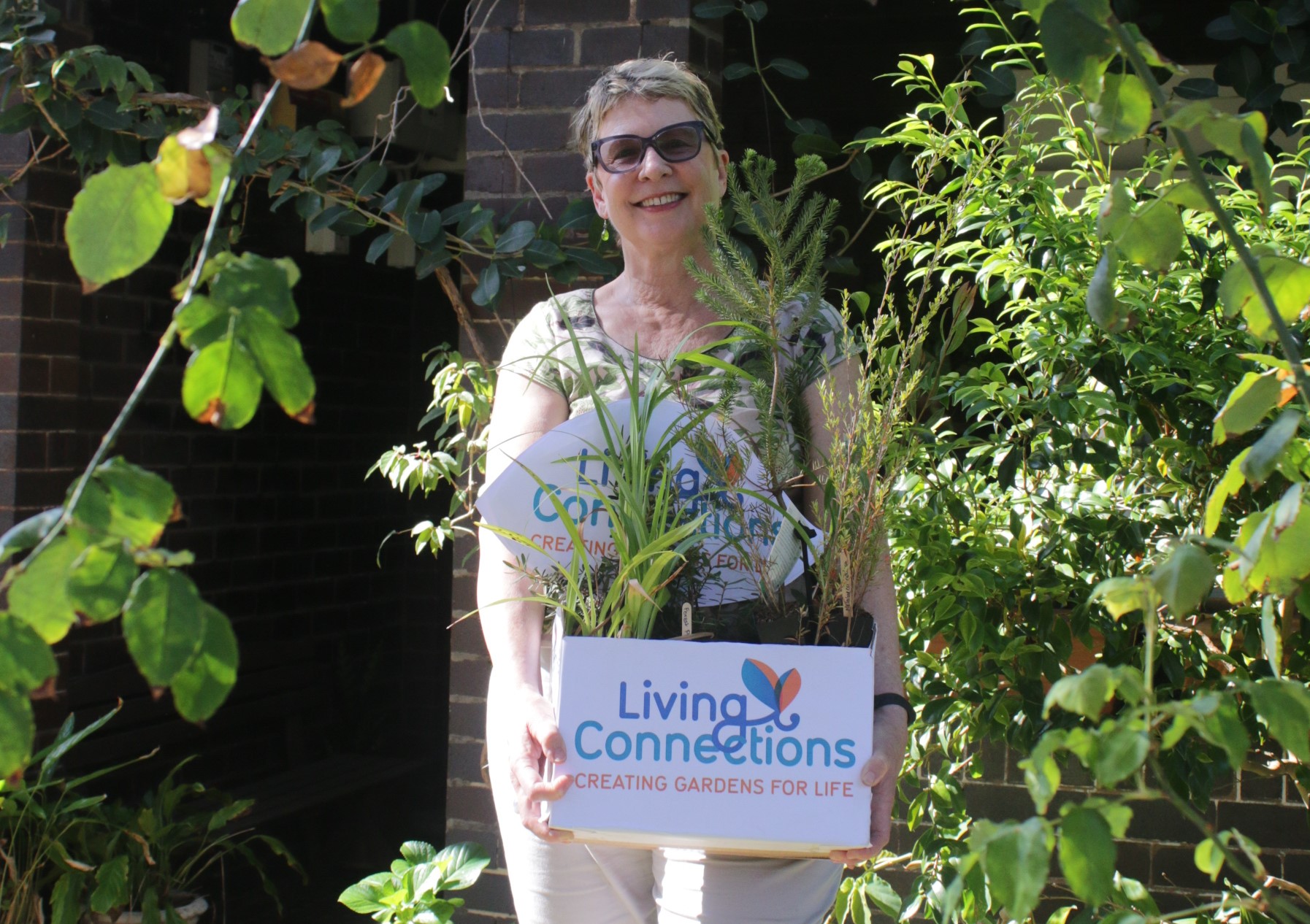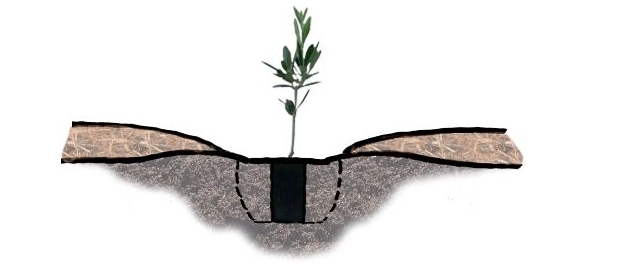- Home Home
-
Residents
Residents
- Waste & recycling Bins, clean-ups and disposing of tricky household items
- Parking Permits, car parks, maps and safety
- Your trees, plants & garden Tree pruning, native gardens and Living Connections
- Neighbourhood issues Report and resolve common issues
- Pets Dog and cat ownership, lost animals and off-leash parks
- Precinct committees Your local connection to Council
- Waverley LGA Maps Maps of the environment, planning zones and more
- Payments Pay for rates, certificates, permits and licences
-
Community
Community
- Children, youth & family services Early education, day care, support & resources
- Awards & grants Local Hero Awards, Garden Awards, Small Grants
- Get involved in your community Volunteering, creating connections, gardening
- Over 60s Services, activities, Mill Hill 60+ program
- Housing & homelessness Affordable housing, programs & support services
- Cultural diversity & inclusion Multiculturalism, language help, citizenship
- Aboriginal & Torres Strait Islander people Commitment to Reconciliation, plans & policies
- Disability inclusion Support services, access & inclusion projects
-
Business
Business
- Resources for Business Events, grants and support
- Innovation Roadmap 2025 to support business
- Tourism Home to Australia's most famous beach.
- Sponsorship Support local events
- Procurement Submitting tenders & expressions of interest to Council
- Commercial waste & recycling services Tailored waste services for business
- Mobile vending Waverley has limited mobile vending licenses
- Hello Bondi Council’s website to help visitors enjoy their stay
-
Recreation
Recreation
- Events Browse performances, exhibits and experiences
- Places of interest Historic buildings, markets, dining and Bondi Pavilion
- School Holiday Programs Fun-filled activities, workshops and events.
- Beaches & coast Beach information, safety, pool cleaning schedules
- Parks & reserves Location, public facilities and accessibility
- Arts & culture Artistic vision, creative programs, spaces and awards
- Venue & sport facilities hire Book indoor venues and sport facilities in Waverley
- Use of public spaces Events, commercial activations, filming etc
-
Environment
Environment
- Council leadership on environmental action Research, strategies and Council programs
- Climate resilience and reducing emissions Switch to electric, go solar and grants for apartments
- Water and the coast Keep beaches clean, save water and enjoy the sea
- Towards zero waste Reduce waste at home and at work
- Public tree management & urban greening Street Tree Masterplan and planting zones
- Native vegetation and animal habitat Join Bushcare and enjoy Waverley’s natural spaces
- Transport Council policy, bike and car share, electric vehicles
- Second Nature Council’s environmental news and events hub
-
Planning & Development
Planning & Development
- Development Applications The DA process, key documents & community consultation
- DA Tracking Tool Search a Development Application by number or date
- Application forms & certificates incl Planning, Rating, Construction and Occupation
- Waverley Local Planning Panel (WLPP) DA determination panel
- Compliance and regulations incl fire safety, food, pools and pollution
- Heritage incl Heritage Conservation Areas and fact sheets
- Urban planning and design Making Waverley a great place to live and work
- Major projects Council-delivered buildings, streets and parks
-
Council
Council
- Organisation structure Four directorates serve the community
- Mayor & councillors Your Mayor, Councillors, wards and contact details
- Council & committee meetings Dates, agendas and minutes of meetings of Council
- Advisory committees Advisory Committees of Council
- Policies, plans, strategies and reports Council's vision and delivery
- Jobs Current vacancies and working at Waverley
- Access to information Gaining access to publicly available information
- Payments Pay for rates, certificates, permits and licences
- Home
- >
- Residents
- >
- Your trees, plants & garden
- >
- Starting a native garden
- Waste & recycling
- Parking
- Your trees, plants & garden
- Neighbourhood issues
- Pets
- Precinct committees
- Waverley LGA Maps
- Payments
Starting a native garden

Helen is part of Council’s Living Connections program.
Many Waverley residents are taking the opportunity to transform their gardens into an urban wildlife habitat, which involves planting trees, shrubs, grasses and groundcovers indigenous to the area that provide food and shelter to native animals. An indigenous plant species is one that is local to the Sydney eastern beaches, as opposed to a native plant which is naturally found elsewhere in Australia.
From a balcony oasis to large back yards, gardens with a majority of locally indigenous plants tend to be more resilient to the variation climate and cheaper to maintain in terms of water and fertiliser needs.
Get started by:
- Downloading the free Waverley Habitat Gardening Guide, which includes a list of plant species local to the area and how to plant them.
- Joining the Living Connections program, where you can receive free ground cover and shrubs. Those with larger gardens can access a visit a visit from a horticulturist.
- Subscribing to Council’s Second Nature newsletter for ongoing tips.
- Visit local garden centres that specialise in plants indigenous to the neighbourhood, such as the Randwick Community Nursery and Indigigrow. The Waverley Habitat Gardening Guide has a full list of nurseries that stock local plants.
- Consider a compost for your garden, and access reduced priced material through Council’s Compost Revolution program.
- Review your planting zone as part of Council’s Street Tree Masterplan to get inspiration for tree species.
- If you don’t have enough space for your own urban garden, consider a verge garden or getting involved in your local public garden.
| Is your garden award worthy? Enter the Waverley Garden Awards. | |
Native gardening in 8 steps
The Waverley Habitat Gardening Guide has step-by-step instructions on planning, planting and maintaining your garden. Remember to:
- Assess your site for sun, soil type and drainage before you buy any plants.
- Prepare your garden by clearing weeds and allowing a few months before planting in case the weeds reemerge.
- Plant in soil, not mulch, and ensure the plant hole is as deep as the pot plant, and 2 to 3 times as wide.
- Weed as you go and keep a particular eye out for species deemed as ‘pest plants’ by the NSW Government.
- Mulch suppresses weeds and reduces the need for watering, especially given the eastern coast has a naturally sandy soil that repels water. Place a layer of mulch approx 75 mm deep around the plant, keeping the mulch clear of the stem and form a bowl shape with the mulch to allow water to flow towards the plant. Use a coarse organic mulch. You can use fallen leaves or small twigs from your garden as mulch and natural fertiliser (not grass clippings).
- Be careful when buying store-bought fertiliser. Native plants have evolved in nutrient-poor soils and they are don’t need strong fertilisers. Regular garden fertilisers contain phosphorus levels that can damage, and even kill, native plants and encourage the growth of exotic weed species.
- Prune as needed. The rule of thumb is to prune only the green or current year’s growth to encourage branching and create a bushier specimen.
- Water well in the first six weeks after planting and then reduce water input thereafter. A thorough soaking is better for plant establishment than more frequent light watering. Additional water may be needed over the first three summers and during heatwaves.


